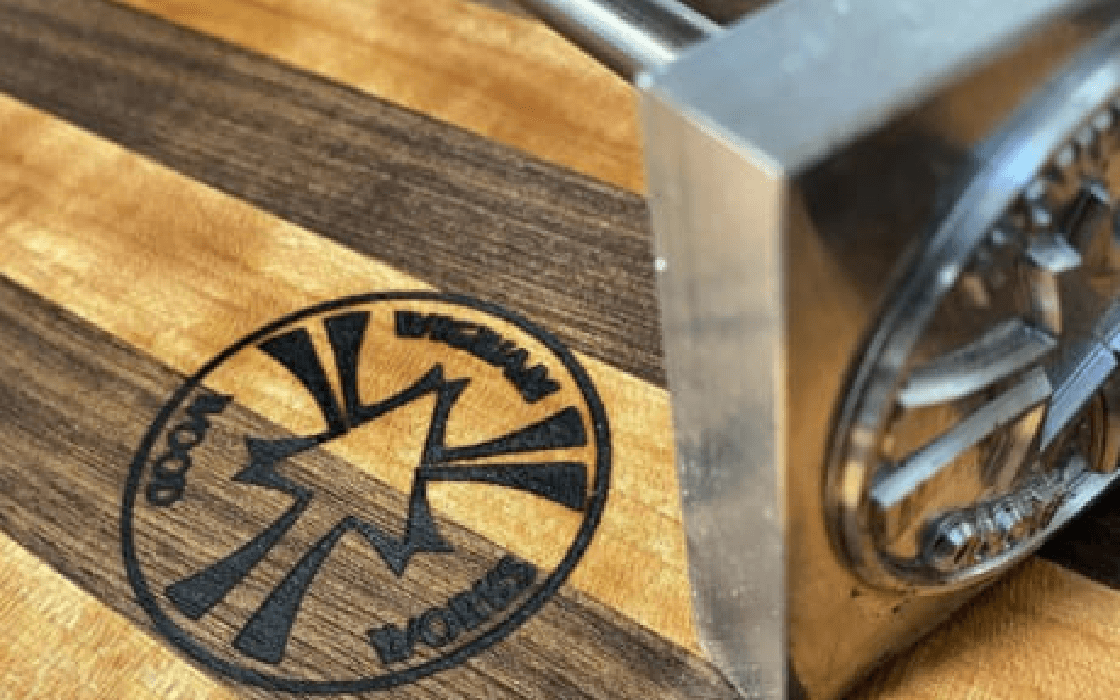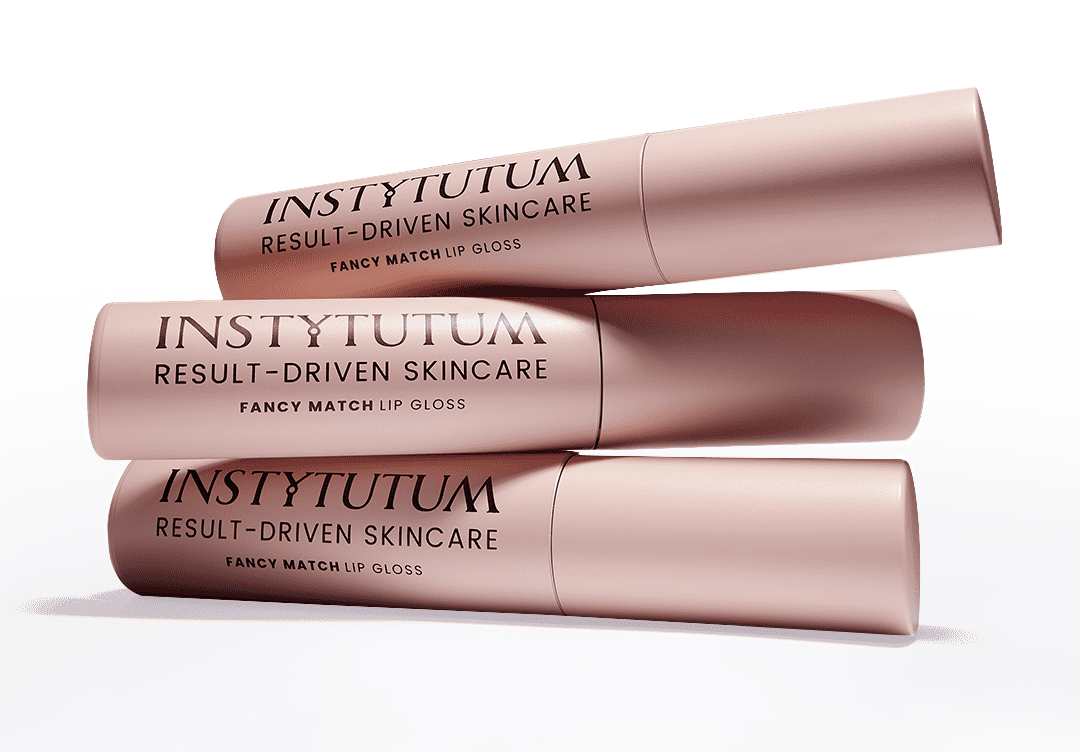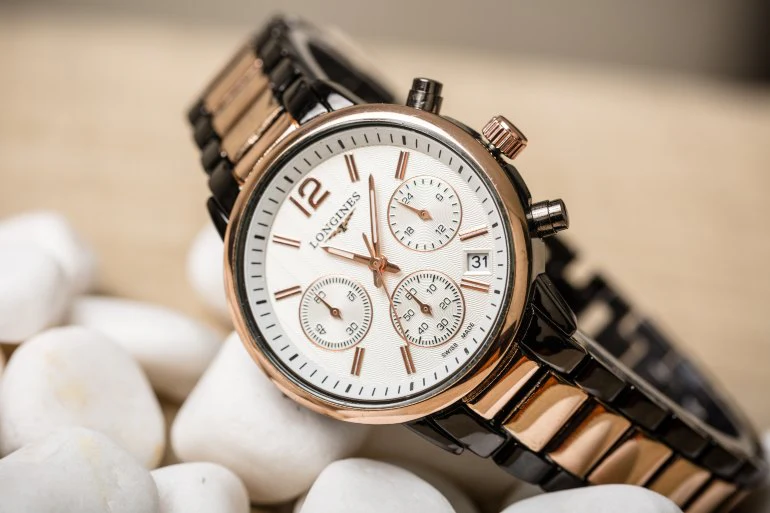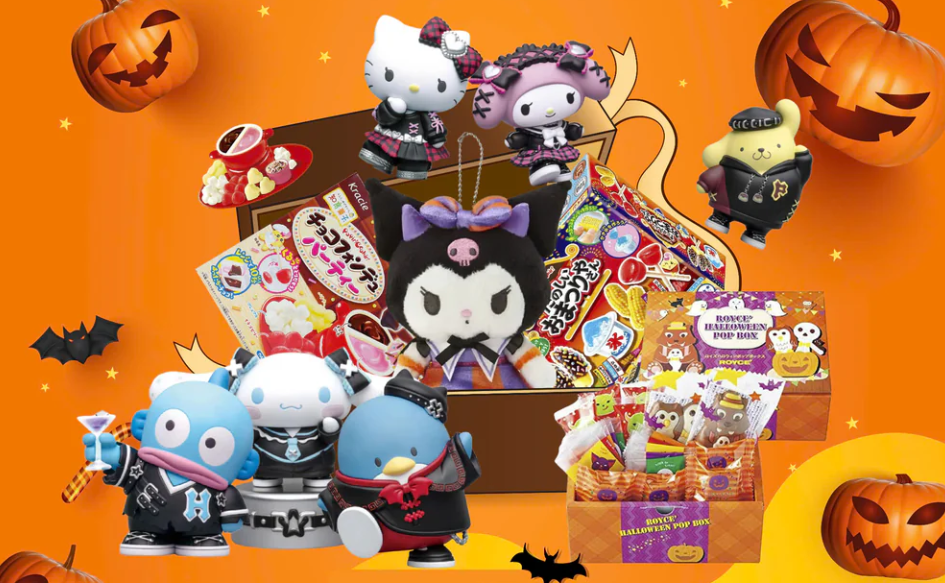These days, authenticity and uniqueness stand out more than anything else when it comes to making your business stand out. This is due to the intense competition present in many businesses, which makes it extremely challenging to stand out in a crowded field.
Fortunately, custom branding iron lets you physically establish a brand that will burn into people’s brains [metaphorically]. But, with these benefits, there are some guidelines that you need to follow to keep your Branding Iron in shape and to achieve consistent results from it. So, let’s discuss the various ways in which you can do this.
What Purposes Do Branding Irons Serve?
Frequently, people use branding irons to permanently engrave manufacturer’s names, logos, and trademarks onto an object. The markings made by branding irons thoroughly embed into the material, ensuring durability and a clear imprint for the item’s lifespan.
Branding irons can label almost any material, which makes them popular in a variety of applications and industries. Tires, plastic components, handcrafted goods, furniture, saddles, and leather goods are some of the products that are most frequently branded.
Why utilize a branding iron?
The fact that branding irons are a cheap option is one of their main advantages. The marking surface is long-lasting with little maintenance and is easily customizable with practically any pattern.
Additionally, simple to use, branding irons are the perfect tools for painters or artisans who need to leave a permanent mark rapidly.
Types of Iron
Fire-heated
Today, the conventional fire-heated technique is still used. Although they take longer to heat and have unpredictable temperatures, they are less expensive to create and buy. Wood, beef, leather, animals, and plastic are all branded using branding irons that have been heated by fire.
Electric-heated
Electric heating elements are used in branding irons to heat them to the correct temperature. By varying the current flow, the temperature of an electric branding iron may be altered.
Propane
Propane-powered branding irons continuously heat the iron head with gas. They are frequently used where there is no access to power.
Freeze-branding
Freeze branding utilizes an iron cooled with a coolant like dry ice or liquid nitrogen, providing a sharp contrast to typical hot-iron branding.
Maintenance Tips
- Make sure the surface is dry and clean before planning to brand it. Wet surfaces cause iron damage and may result in worse brands.
- Your branding irons should remain horizontal. By dispersing the heat, the handle becomes cooler than the head.
- Your branding irons should gradually warm up. The branding iron might be harmed if the operation is rushed.
- Allow ample time for your electric branding iron to regain temperature in between brands.
- Always have a pail close by hand for rapid cooling while using the flame iron.
- Keep the carbon in your irons from building up. To get rid of traces, use a wire brush or a pail of sand.
Customized Irons
A branding iron and a branding die are the two parts of a branding iron. The branding iron, heating up, presses the die into the material. It fastens the branding die, containing the engraved text or image.
The part of a branding iron kit that may be customized is the branding dies. Once the system is set up, a customized branding die can be attached to the iron to produce unique, permanent markings.
Factors Contribute To The Success Of Branding Iron
- Design: When branding, clear, straightforward designs are preferred. Complex or meticulous art can provide unsatisfactory outcomes.
- Use different temperatures depending on the material to be branded. Brand hardwoods and thermoset polymers at 750° to 850°F, and rubber and leather at 325° to 400°F.
- Pressure: To produce equal, deep imprints, pressure must be applied consistently.
- The “dwell time” is the contact period between the branding die and the material being marked. It is determined by the die temperature and the material’s melting or burning temperature.
- Brand Depth: The deeper the branded mark, the longer the dwell duration and the higher the pressure.
Benefits of Branding Iron?
- It may assist you in developing a distinctive and recognizable brand for your company.
- It will help you in setting your items apart from those of your rivals.
- A branding iron may assist you in extending the reach of your company.
- It may assist you in making a solid and long-lasting impression on your clients.
- It can assist you in gaining a competitive advantage in your sector.
For further information visit here for related posts.
Conclusion
We hope that now you have a better understanding of all the aspects to take into account when selecting a branding iron for your company.





